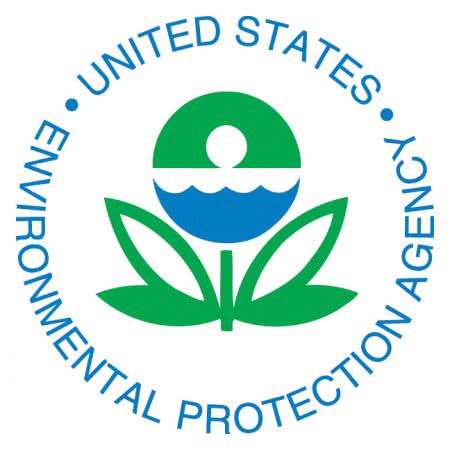
One year into President Trump’s administration, how is he doing on energy policy? So far, so good, if you observe what’s been happening at the Environmental Protection Agency (EPA). Under the new leadership of Administrator Scott Pruitt, the EPA has enacted a wide swath of changes that are helping to rebrand it as a common-sense and approachable organization.
Pruitt has tackled a hornet’s nest: Obama-era regulations sought to stifle the oil and gas industry and all but shut out our voice when it came to responsible energy production. Under previous Administrator Regina McCarthy, the EPA developed regulations without fact-based data, and stripped power from the states in an effort to magnify the federal scope of authority.
Arguably the most significant change Pruitt has made so far is the halt and rollback of a set of invasive rules, including the Clean Power Plan (CPP). The CPP methane rule sought to reduce emissions from power plants. This ignored the tremendous strides already made by the industry to reduce greenhouse gas emissions.
Initiated under the previous Administration, the “information collection request” portion of the rule mandated the collection of overly burdensome and exhaustive data from oil and gas facilities. Coupled with the rule’s implementation, this would saddle the industry with nearly half a billion dollars in costs. Within his first few days, Pruitt canceled the request for operators to provide methane emissions data and announced the repeal of the plan in its entirety, because it exceeds the EPA’s authority.
On top of the CPP rollback, the EPA has begun the process of rescinding the Waters of the United States (WOTUS) rule, which regulates the use of navigable bodies of water. Pruitt’s goal is to return that jurisdiction to the state level to ensure the responsible and equitable use of this important resource.

Together, the methane rule and WOTUS regulations would have crippled an industry that feeds families, pays for roads and teachers’ salaries, and heats homes across our country.
In addition to rolling back several policies and regulations, Pruitt also put forth the goal of changing the structure of the EPA itself. He has reduced the size of the agency as part of his vow to restore jurisdiction to the states. So far, approximately 800 employees have voluntarily left their positions through retirements and buyouts. These positions have not been backfilled, shrinking the size of government and saving taxpayer dollars.
Leaders in Texas and across the U.S. are supporting Pruitt’s mission. For example, in a letter drafted and signed by Texas Attorney General Ken Paxton and 16 other state attorneys general asked Pruitt to scale back the unlawful scope of authority under the EPA and return those powers to the states. He began doing just that the next day, reinforcing several existing rules and regulations set forth by the EPA.
Also, Texas state Sen. Craig Estes and state Rep. Drew Darby, Chairmen of the Senate and House Energy Resources Committees, respectively, filed a resolution that encouraged cooperation between federal and state entities. Senate Concurrent Resolution (SCR) 26 passed both chambers with significant support, and recognized the importance in Texas to seize the opportunity now for state and federal leadership to rise above partisan politics and work together to create sound policy for all Americans.
By placing authority back in the hands of state-level agencies where the true expertise exists, our industry can ensure that localized entities are handling the regulation of oil and gas issues — not the bureaucrats in Washington, D.C.
In a move just as important as reducing the size of the EPA, Pruitt has placed key leaders in deputy positions to carry out the agency’s goals. One key placement was his appointment of Anne Idsal to become regional administrator for Region 6, based in Dallas. Idsal’s time as top official at the Texas General Land Office under Land Commissioner George P. Bush, as well as her legal expertise, makes her an excellent fit for the needs of the new EPA and the industry alike. Since taking office at the end of 2017, she has already met with various stakeholder groups to ensure that policies work for all involved parties at the local, state and federal levels.
With Administrators Pruitt and Idsal fighting for the jurisdictional authority of states, the unlawful overreach of authority by this agency appears to be diminishing.
With members in 34 states, the Texas Alliance of Energy Producers advocates for independent producers at the state and federal levels. We have worked in lock-step to achieve Pruitt’s new objectives at the EPA. We support his mission to return the agency to an organization that provides logical and reasonable regulations, while working harmoniously with the state-level agencies that oversee the day-to-day oil and gas activity.
Our efforts in Washington, D.C., have helped put an end to the CPP and WOTUS, and we will continue to assist in the overhaul of an agency that is remodeling its image and structure in a positive way. We look forward to continuing to work with Pruitt, Region 6 Administrator Idsal, and the rest of the agency to ensure that these goals are successfully achieved in a manner that benefits our industry and our nation.














